- Blog
- About
- Articles
-
Places to visit
- Afife
- Águeda
- Albufeira
- Aljezur
- Almourol
- Alvor
- Amarante
- Arrifana
- Aveiro
- Azenhas do Mar
- Berlenga Grande Island
- Braga
- Caminha
- Cascais
- Castelo Branco
- Coimbra
- Condeixa-a-Nova
- Covilhã
- Douro Valley
- Ericeira
- Espinho
- Évora
- Fátima
- Figueira
- Figueira da Foz
- Funchal, Madeira
- Gondomar
- Guimarães
- Lagoa Comprida
- Lagos
- Leça da Palmeira – Vila do Conde
- Leiria
- Lindoso
- Lisbon
- Loriga
- Manteigas
- Marvão
- Miramar
- Monção
- Monsanto
- Montemor-o-Velho
- Nazaré
- Óbidos
- Peneda-Gerês National Park
- Peniche
- Piódão
- Ponta Delgada, São Miguel Island (Azores)
- Ponte da Barca
- Ponte de Lima
- Portimão
- Porto
- Praia da Costa Nova
- Praia da Ribeira do Cavalo
- Praia da Rocha (Portimão)
- Praia de São Julião
- Rota Vicentina
- Sagres
- Sandomil
- Santa Maria da Feira
- Seia
- Serra da Estrela
- Sesimbra
- Sintra
- Sintra-Cascais Natural Park
- Soajo
- Tomar
- Valença
- Valongo
- Viana do Castelo
- Videos
- Facts
- Press
- Contact
|
I’m not much of a souvenir collector when I travel, but something I’ve found to become a cherished keepsake is jewellery. It’s lighter on the suitcase compared to furniture or ceramics, and much less useless than a snow dome or bottle opener (I’ve found zero of the former and just one of the latter sufficient for everyday living). So, to let you in on Portugal’s precious treasures, I’ll introduce you to the wonderful world of filigree.
5 Comments
I briefly touched on Pombaline architecture in my post Who are they? Famous names on the streets of Portugal. Here I mention the style is named after a chap by the name of Sebastião José de Carvalho e Melo, who became known as the Marquês de Pombal. The Marquês de Pombal is credited for his leadership role during the rebuilding of Lisbon following the 1755 earthquake (and ensuing fire and tsunami). At the time he was the Secretary of State for Foreign Affairs, but quickly took the leading reigns after the king at the time José I, essentially curled up in a ball and prayed for it all to be over (or so the story goes). Pombal subsequently became the prime minister of Portugal.
Portugal's Manueline architectural style is named after its key influencer, King Manuel I, who served as Portugal’s head honcho from 1495-1521. This wasn’t a bad time to hold the reigns, as it was during this period that Portugal held the power of the pepper.
As you might remember from my post A brief history of Portugal, the Portuguese were incredibly influential during the Age of Discovery. Portugal’s brave seafaring souls proved it was possible to sail across the world without dropping off the end, and in a fortuitous twist, discovered you could become rather wealthy if you collected and traded spices from lands you stumbled upon along the way. Given the world-famous big waves of Nazaré are descending with the turn of the new year (they tend to start pumping from around November), I thought I'd repost an article I wrote about this delightful beach town, which has so much more than just monster surf. Rotunda da Boavista, also known as Praça de Mouzinho de Albuquerque or simply ‘The Boavista Roundabout’, is one of the largest squares (or circles, rather) in Porto. I wrote an article covering interesting facts about Porto, so it seemed only fair to give Portugal’s capital some love too. Here are some things you might not know about Lisbon. In my post Interesting facts about Porto I mentioned that many street names in Portugal take the date of pertinent historical events. As well as dates, such as 31 de Janeiro and 25 de Abril, many people’s names also pop up again and again on street signs, buildings and monuments. So in this post I decided to do some delving to see who these famous folks were.
I mentioned a while back that I was going to write about the relationship between Portugal and Spain, and given I’ve just returned from a visit to the neighbours over the border (San Sebastián to be precise, lovely spot), I thought it was a good time to put this post together. On my travels I’ve heard comments along the lines of “I haven’t been to Portugal, but I went to Spain”, as if the two countries were one and the same, and “Do they speak Spanish in Portugal?”, suggesting the lines may be a little blurry, particularly for those outside Europe (they officially speak Portuguese in Portugal, in case you were wondering). While Portugal and Spain share a common 1200-kilometre border on Western Europe’s Iberian Peninsula, they are distinctly different countries, yet have shared a lot of history over the years. Let’s take a look. Since arriving in Portugal I’ve been fascinated by the country’s bridges, which appear to have been built with a ‘go big or go home’ attitude and could make even the slightest acrophobia sufferer recoil in fear. Hence, I thought I’d look into four notable cross-river engineering feats in the major cities of Lisbon and Porto. In its usual surprising way, Portugal has a few world firsts up its sleeve, as well as some interesting links to other internationally recognised structures … and a roller skating royal.
Street graffiti in Albufeira: 25 April forever
The 25 April (25 de Abril in Portuguese) is a national holiday in both Australia and Portugal for important yet different reasons. Read on to find out why. |
AboutThe Portugal Wire is the blog of Australian travel writer, copywriter and photographer Emily McAuliffe. Previous postsThings you might not know about Portugal A brief history of Portugal Who was the first person to sail around the world? (Hint: he was Portuguese ... and then he wasn't) A quick overview of Portugal's economy 25 April: a shared day in history for Australia and Portugal Portugal's bridges: go big or go home Portugal and Spain: same same but different? Interesting facts about Porto Traditional Portuguese food: what to eat and drink in Portugal Who are they? Famous names on the streets of Portugal Interesting facts about Lisbon Uncovering Porto's secret gardens Lonely Planet Instagram takeover: sharing some of my favourite hidden spots in Portugal In the news... my feature in Portugal's national newspaper Diário de Notícias On board the Presidential train in Portugal's Douro Valley When the lion mauled the eagle (Porto) Kicking design goals: Cristiano Ronaldo & Pestana's CR7 hotels Lovely Lisbon: my top picks of where to eat, drink, visit and stay in Portugal's capital city Porto street art: fighting the good fight The best places to visit in Lisbon: 5 of my favourite neighbourhoods Big waves in Nazaré: my favourite beach town in Portugal Best things to do in Porto Portuguese wine: yes, the wines of Portugal extend far beyond port Portuguese architecture Part I: Manueline style Portuguese architecture Part II: Pombaline style When is the best time to visit Portugal? Food to try in Porto: northern Portuguese cuisine explained Filigree designs: the beauty behind traditional Portuguese jewellery Archive
December 2019
Categories
All
|
THE PORTUGAL WIRE
Portugal travel blog of Australian writer and photographer
Emily McAuliffe
Emily McAuliffe
em@emilymcauliffe.com
www.emilymcauliffe.com
www.emilymcauliffe.com
- Blog
- About
- Articles
-
Places to visit
- Afife
- Águeda
- Albufeira
- Aljezur
- Almourol
- Alvor
- Amarante
- Arrifana
- Aveiro
- Azenhas do Mar
- Berlenga Grande Island
- Braga
- Caminha
- Cascais
- Castelo Branco
- Coimbra
- Condeixa-a-Nova
- Covilhã
- Douro Valley
- Ericeira
- Espinho
- Évora
- Fátima
- Figueira
- Figueira da Foz
- Funchal, Madeira
- Gondomar
- Guimarães
- Lagoa Comprida
- Lagos
- Leça da Palmeira – Vila do Conde
- Leiria
- Lindoso
- Lisbon
- Loriga
- Manteigas
- Marvão
- Miramar
- Monção
- Monsanto
- Montemor-o-Velho
- Nazaré
- Óbidos
- Peneda-Gerês National Park
- Peniche
- Piódão
- Ponta Delgada, São Miguel Island (Azores)
- Ponte da Barca
- Ponte de Lima
- Portimão
- Porto
- Praia da Costa Nova
- Praia da Ribeira do Cavalo
- Praia da Rocha (Portimão)
- Praia de São Julião
- Rota Vicentina
- Sagres
- Sandomil
- Santa Maria da Feira
- Seia
- Serra da Estrela
- Sesimbra
- Sintra
- Sintra-Cascais Natural Park
- Soajo
- Tomar
- Valença
- Valongo
- Viana do Castelo
- Videos
- Facts
- Press
- Contact

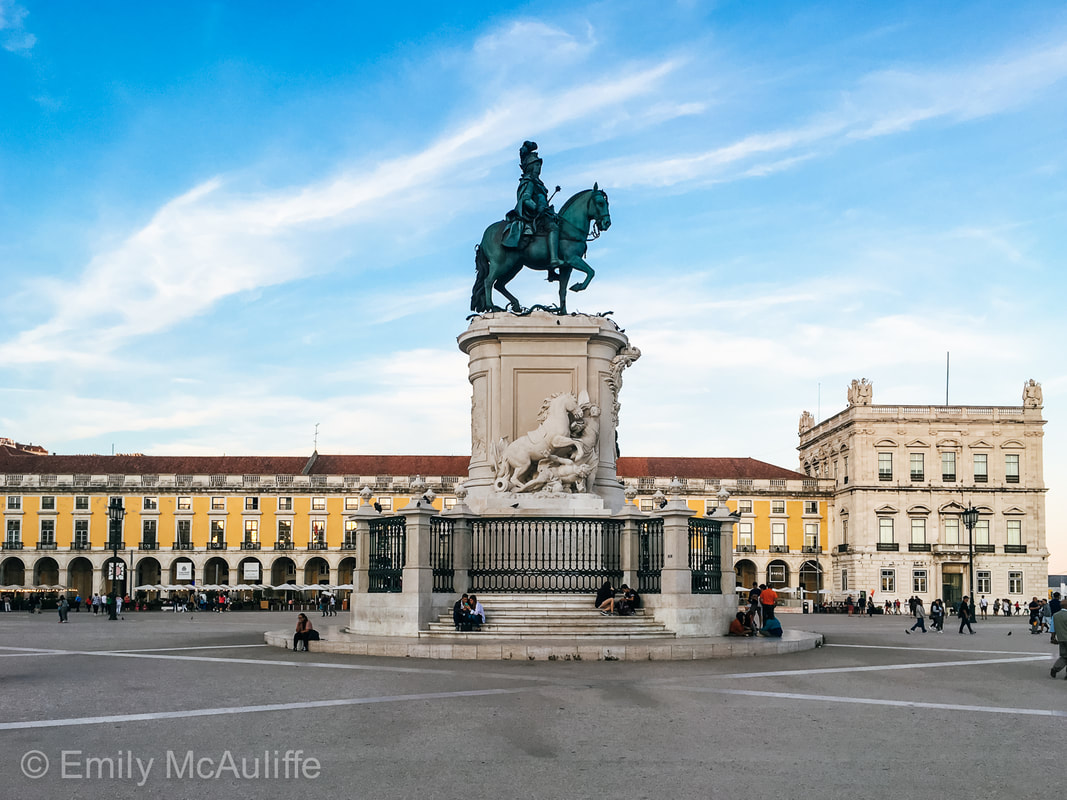
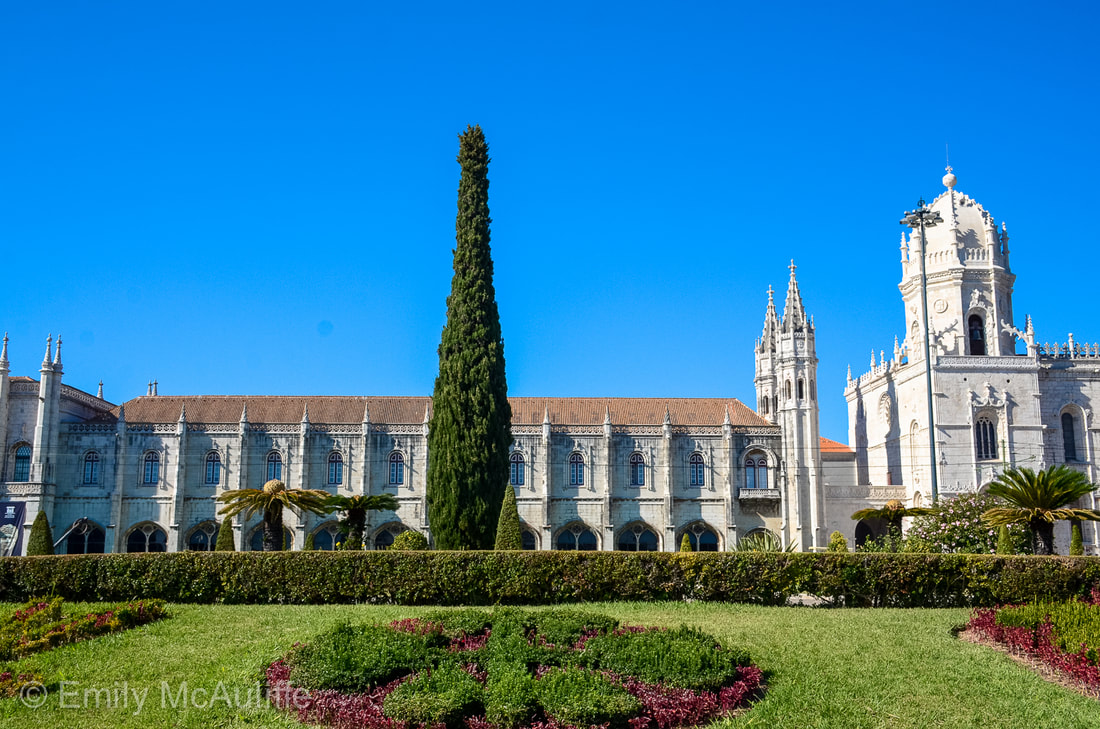
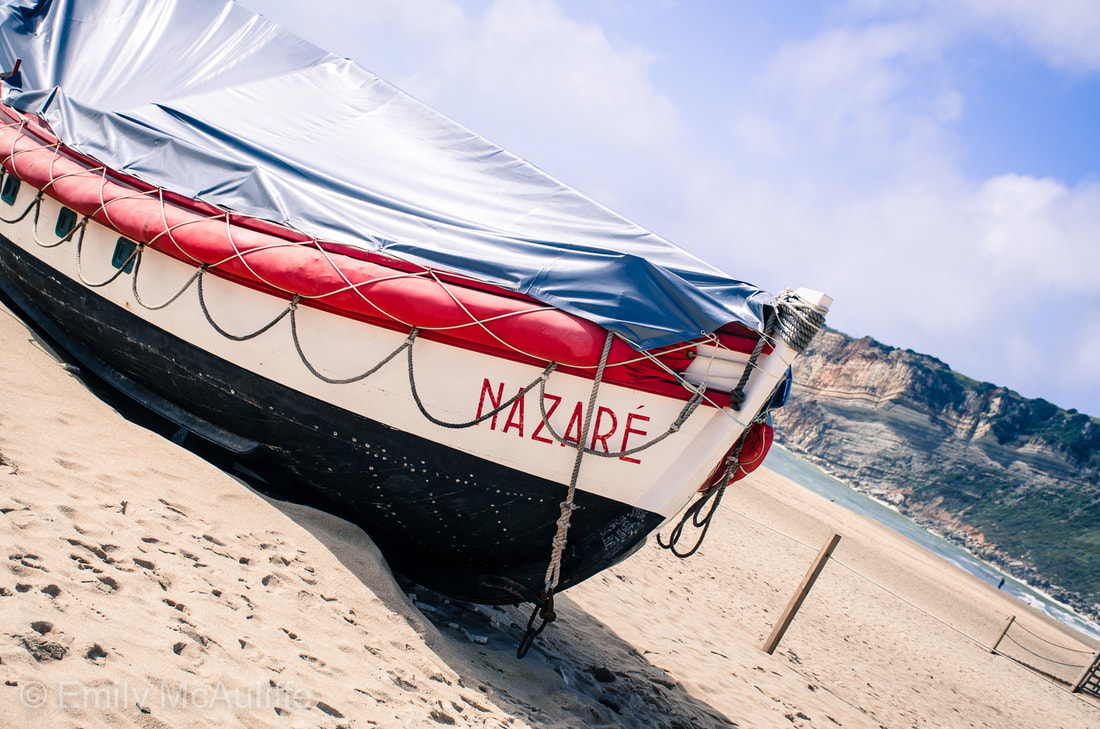
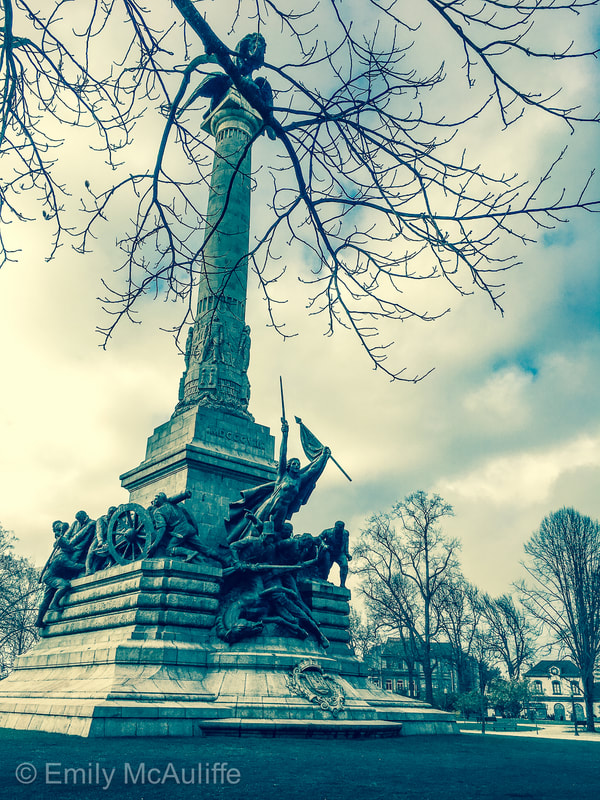




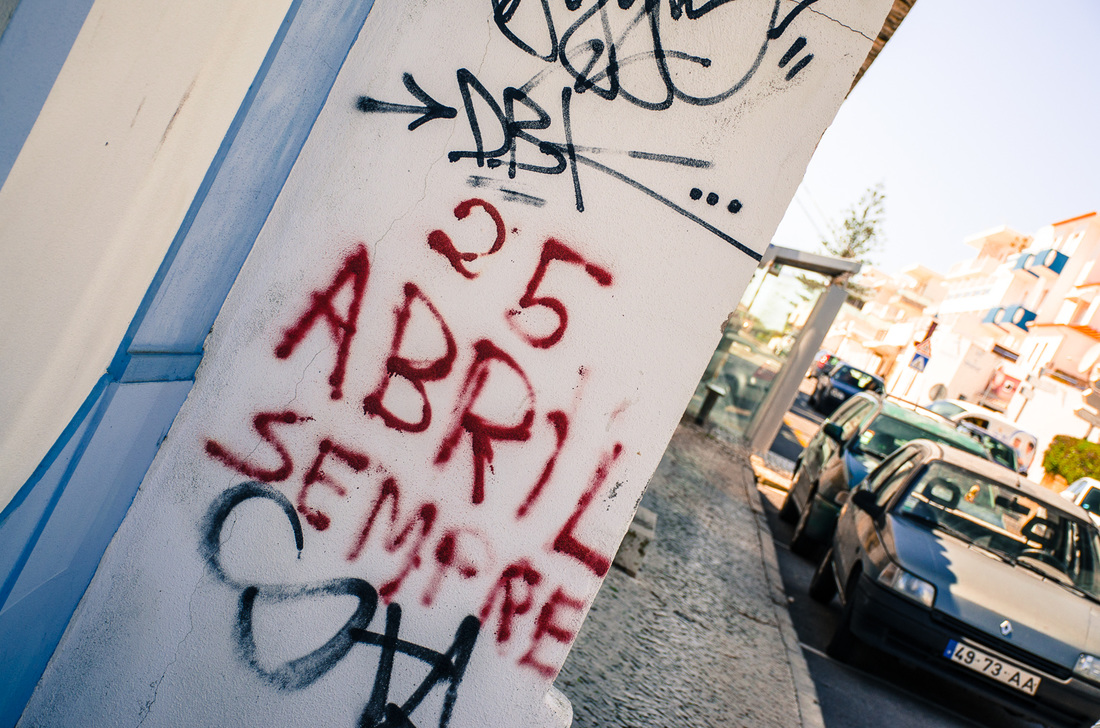


 RSS Feed
RSS Feed